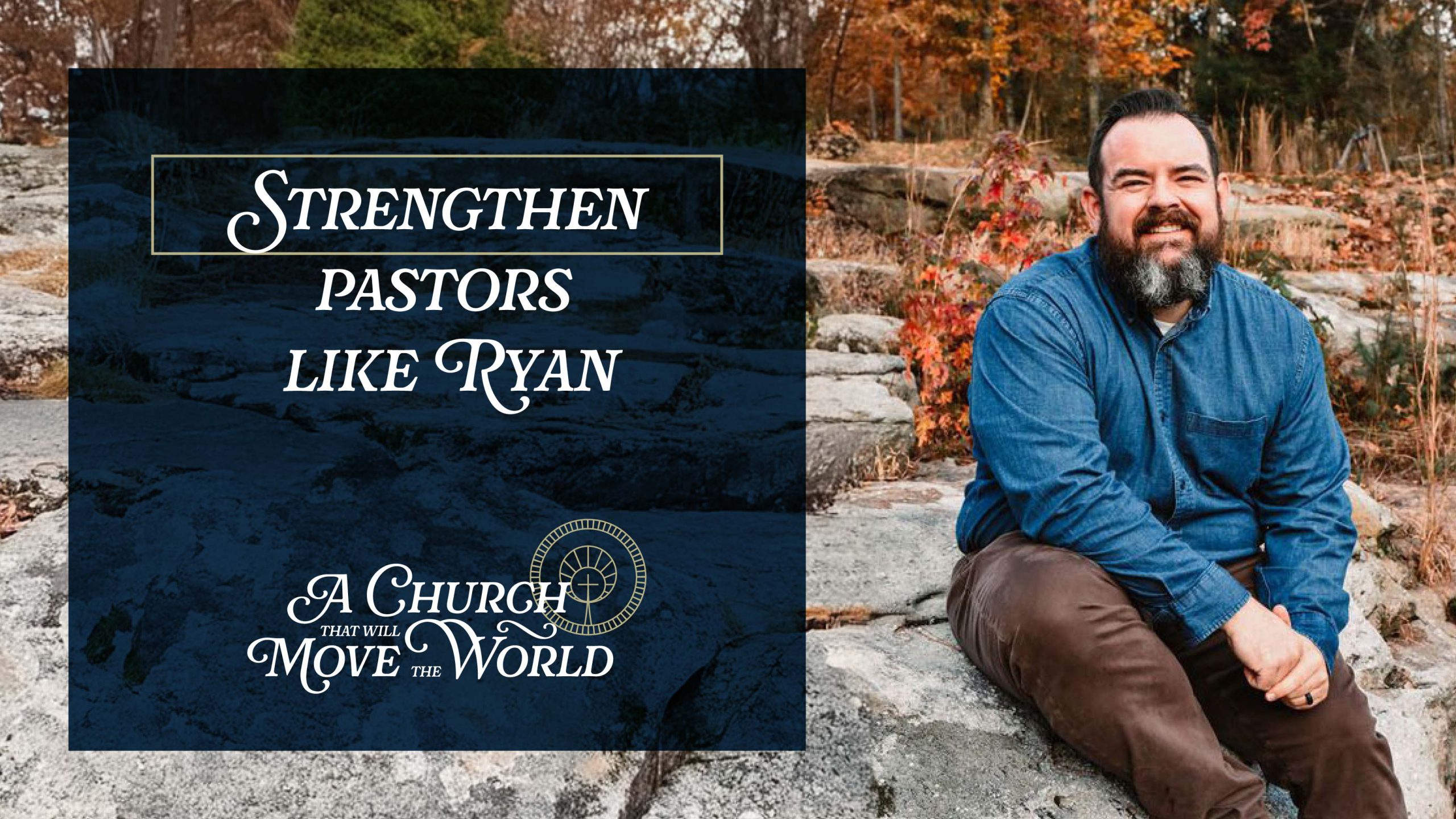

Why “Identity in Christ” Isn’t Enough
Counter to a self-first culture, Christians must hold fast to creational realities found in Holy Scripture.
06/10/24
John Stonestreet and Jared Hayden

A common talking point within evangelical circles over the past 30 years is “our identity is in Christ.” Other variations include statements such as, “That’s not who you are in Christ” or “Know who you are in Christ.”
The idea that our “identity is in Christ” captures a fundamental truth of the faith articulated throughout the New Testament. Paul wrote, “It is no longer I who live, but Christ who lives in me” (Galatians 2:20b). And, of course, there is the wonderful promise, “Therefore, if anyone is in Christ, he is a new creation. The old has passed away; behold the new has come” (2 Corinthians 5:17). However, this truth about our identity now needs the additional clarity of the rest of Scripture.
At the same time that “identity in Christ” was becoming common parlance in the church, the Western world was becoming more detached from the deep implications of creation. In its place was the rise of the cult of “identity,” a deep confusion defined above all by expressive individualism. At the heart of this cult is the belief that the autonomous inner self is the essential thing about us, over and against anything or anyone in the external world. In other words, we call the shots about who we really are, no matter what our families, religion, or even our own bodies tell us.
Because this is the cultural water in which we swim, many interpret “identity in Christ” in ways that align more with expressive individualism than the creational realities described in Holy Scripture. Disconnected from the grand story of creation to new creation, “identity in Christ” can easily devolve into a moralized kind of self-esteem talk or even the claim that God endorses what self we choose to express.
To paraphrase a line from philosopher Alasdair MacIntyre, before I know who I am, I must first know “of what story … am I a part?” A Christian understanding of the human person must be understood in light of the entire story of Scripture. Put differently, we cannot know our identity in Christ if we don’t know our identity in creation. The identity we have because of Christ’s death and resurrection is a restored identity, renewed and reconciled as it was intended.
And this is where it is exactly accurate to talk of our identity being “in Christ.” He was, as John and Paul note, there at Creation with the Father, the Word from which “all things were made.” And that we are, as Paul said, sanctified more and more into the image of Christ, only makes sense in light of how we were created in God’s image.
This view gives meaning to who we truly are, body and soul. All of life, from the physical to the spiritual and from religious to vocational activities, are centered in Christ, the Creator and Redeemer. In Philippians, Paul wrote that when Jesus returns on the last day, He “will transform our lowly body to be like his glorious body” (Philippians 3:20-21).
In this sense, the relationship of our redeemed, resurrected selves to our present selves is more like that of the butterfly and caterpillar. Being a butterfly was “built-in” to being a caterpillar. The caterpillar was always meant to be the butterfly. Christ, who is “the image of the invisible God” (Colossians 1:15), fashions us into the fullness of who we were created to be as God’s image bearers.
Redemption is the fulfillment of who we were originally made to be as image bearers, body and soul, male and female. “Being in Christ” is not the process of being less human, but fully human. Or, to say it differently, In Christ, God is making all things new, not making all new things.
This Breakpoint was co-authored by Jared Hayden. For more resources to live like a Christian in this cultural moment, go to breakpoint.org.















